Basking behavior in snakes has traditionally been associated with direct exposure to sunlight. However, a fascinating phenomenon exists where some snake species engage in what appears to be basking behavior even when not in direct solar rays. This curious adaptation represents an evolutionary approach to thermoregulation that many herpetologists find intriguing. Unlike their sun-loving relatives, these snakes have developed alternative methods to manage their body temperature, challenging our conventional understanding of reptilian thermoregulation. The following exploration into this behavior reveals the remarkable adaptability of snakes and their sophisticated relationship with their environment.
Understanding Thermoregulation in Reptiles
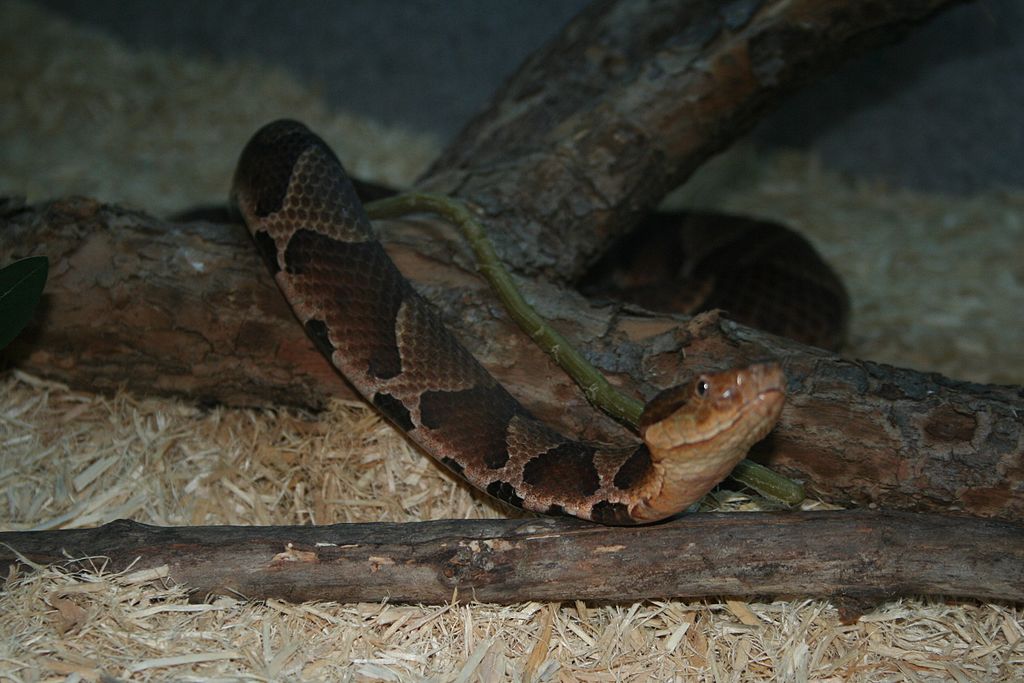
Reptiles, including snakes, are ectothermic creatures, meaning they rely on external sources to regulate their body temperature. Unlike mammals and birds that generate internal heat, snakes must manipulate their environment and behavior to achieve optimal temperatures. This fundamental aspect of snake physiology drives many of their behaviors, including traditional basking in direct sunlight. The ability to control body temperature is crucial for digestion, immune function, reproductive processes, and overall metabolic activities. For snakes, maintaining the right temperature range isn’t just about comfort—it’s a matter of survival and efficient biological functioning.
The Conventional Definition of Basking
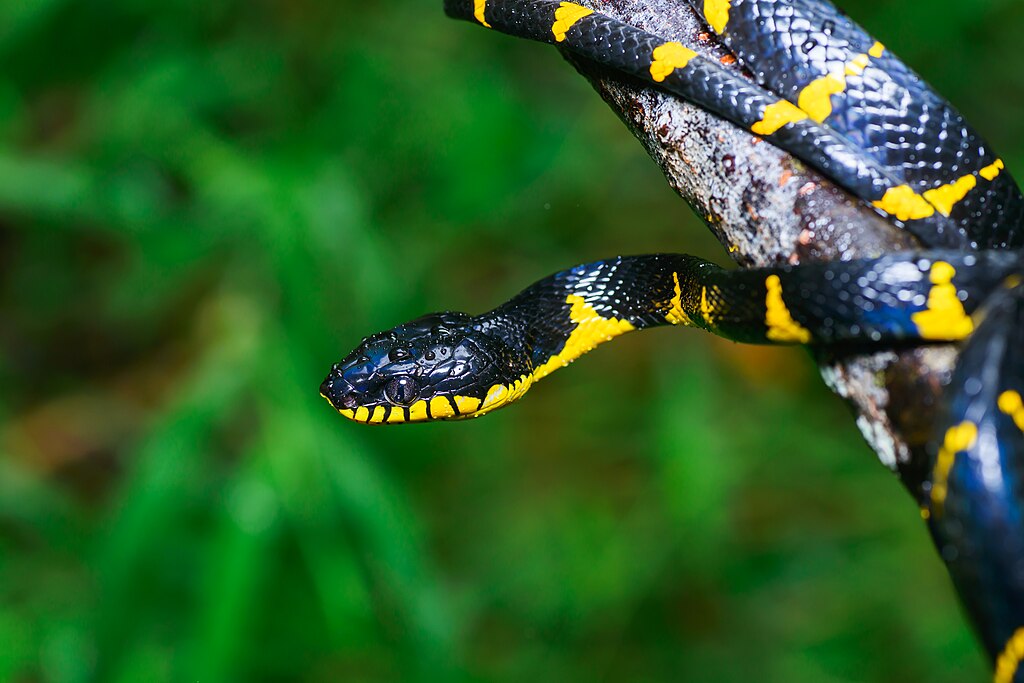
Traditional basking involves reptiles deliberately positioning themselves in direct sunlight to increase their body temperature. This behavior is commonly observed in many diurnal snake species and other reptiles like turtles and lizards. During conventional basking, snakes will flatten their bodies to maximize surface area exposure to the sun’s warming rays. Many species have preferred basking spots they return to regularly, such as rocks, logs, or clearings that receive optimal sunlight. The direct absorption of solar radiation allows these reptiles to quickly raise their body temperature to levels necessary for active behaviors such as hunting, digestion, and reproduction.
Indirect Basking: A Different Approach

Indirect basking represents an alternative thermoregulation strategy where snakes position themselves to absorb heat without direct exposure to sunlight. This behavior involves seeking out surfaces or environments that have been warmed by the sun but are not in direct solar rays. For example, a snake might rest on a rock that has been heating in the sun all day, even after the sun has moved and the rock is now in shade. Similarly, they might position themselves near sun-warmed soil or in areas with elevated ambient temperatures. This indirect approach to heat acquisition demonstrates the sophisticated adaptive behaviors that have evolved in many snake species, particularly those that face predation risks associated with open exposure.
Nocturnal Species and Heat Acquisition

Nocturnal snake species present a fascinating case study in alternative basking behaviors. Since these snakes are primarily active during nighttime hours when direct sunlight is unavailable, they’ve evolved specialized approaches to thermal regulation. Many nocturnal species will “bask” on surfaces that have absorbed heat during the day, such as rocks, concrete, or asphalt that slowly release stored thermal energy throughout the night. Desert-dwelling nocturnal snakes are particularly adept at this behavior, using the residual heat of their environment to maintain active body temperatures. Some species may even remain partially concealed while positioning only certain body parts near heat-radiating surfaces, balancing thermoregulation with predator avoidance.
The Role of Ambient Heat in Snake Behavior
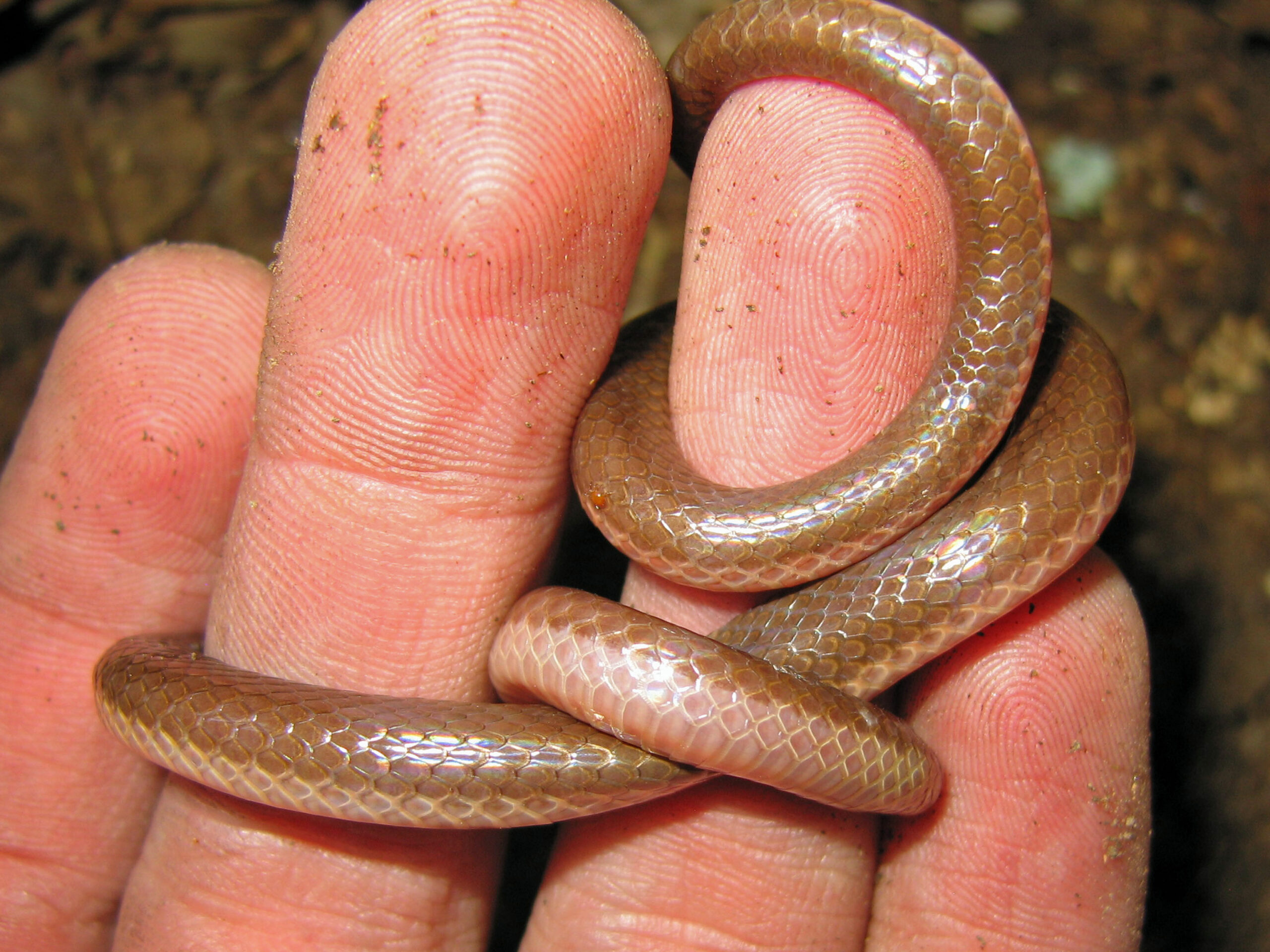
Beyond direct solar radiation, ambient heat plays a crucial role in snake thermoregulation. Snakes are remarkably sensitive to slight temperature variations in their surroundings and can detect and utilize these differences strategically. In environments with warm air temperatures, snakes may “bask” simply by positioning themselves in locations with optimal ambient warmth. This sensitivity explains why snakes may be found in specific microhabitats like south-facing slopes, areas of reduced wind exposure, or locations with heat-retaining substrates. Their ability to detect and exploit these subtle thermal gradients represents a sophisticated evolutionary adaptation that allows for effective thermoregulation even without direct sunlight.
Conduction as a Heating Strategy
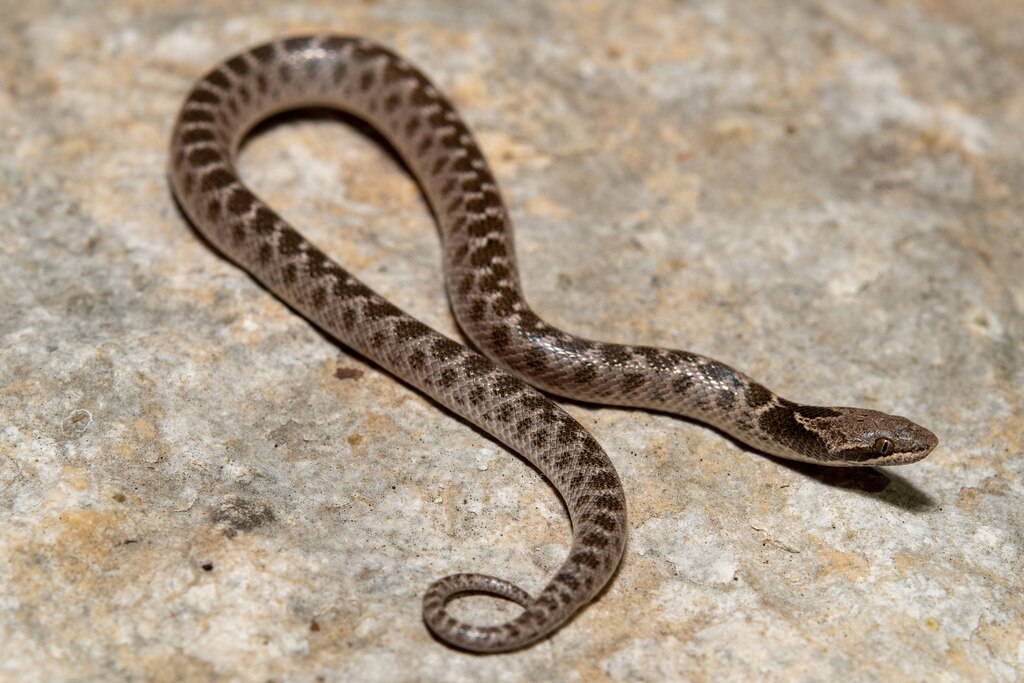
Conductive heat transfer represents a primary method by which snakes can “bask” without sunlight. When a snake positions itself on a warm surface, heat energy transfers directly from the warmer object to the cooler snake body through physical contact. This form of heat acquisition is particularly efficient and allows snakes to rapidly increase their body temperature. Many snake species specifically seek out surfaces with high thermal conductivity—such as certain types of rock, metal objects in human environments, or even the warm bodies of other animals in communal denning situations. The efficiency of conductive heating explains why snakes may choose specific basking surfaces over others, even when both receive similar sunlight exposure.
Substrate Selection and Heat Retention
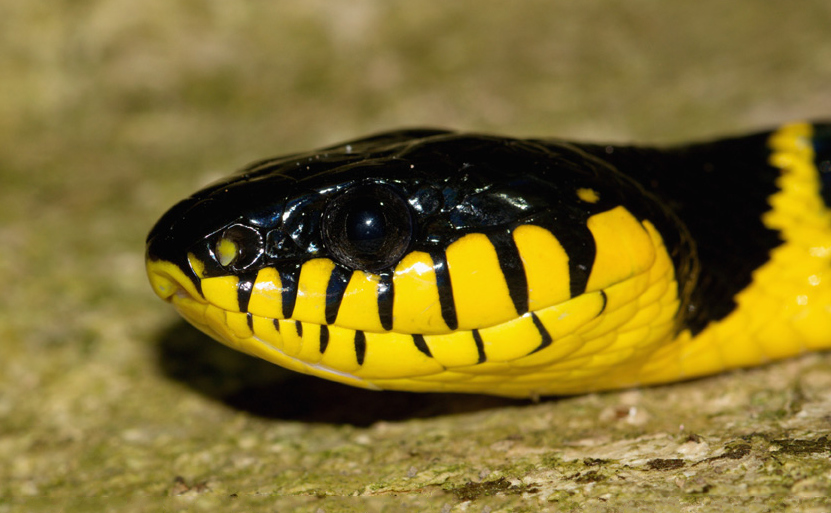
The specific selection of substrates for basking without sunlight reveals the sophisticated environmental awareness of many snake species. Different materials possess varying capacities for absorbing, retaining, and releasing heat—properties that snakes exploit for thermoregulation. Dark-colored rocks, for instance, absorb more solar radiation and retain heat longer than lighter materials. Similarly, dense substrates like concrete may store substantial thermal energy even after the sun has moved. Some snakes display remarkably consistent preferences for specific types of substrate based on these thermal properties. Researchers have documented cases where snakes will return to the exact same spot on a particular rock or log day after day, demonstrating their recognition of optimal thermal environments.
Microhabitat Utilization for Thermal Advantage
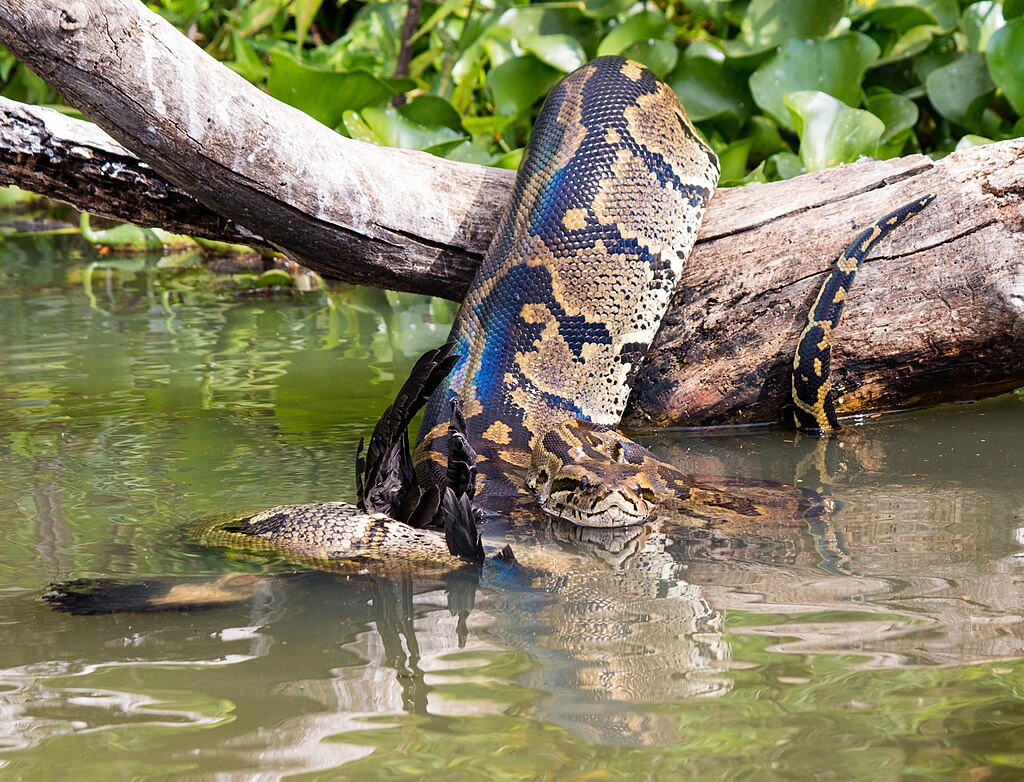
Snakes demonstrate remarkable precision in utilizing microhabitats for thermoregulation without direct sunlight. These microhabitats—small-scale environmental pockets with distinct thermal characteristics—can provide crucial temperature advantages. A snake might position itself in a small depression in the ground that traps warm air, near a decomposing log generating heat through microbial activity, or within a rock crevice that maintains stable temperatures. In forest environments, snakes may select patches where sunlight has filtered through the canopy earlier in the day, warming specific spots on the forest floor. This strategic microhabitat selection allows snakes to regulate their temperature with remarkable precision, often maintaining their preferred body temperature within a narrow range of just a few degrees.
Behavioral Adaptations for Shade Basking
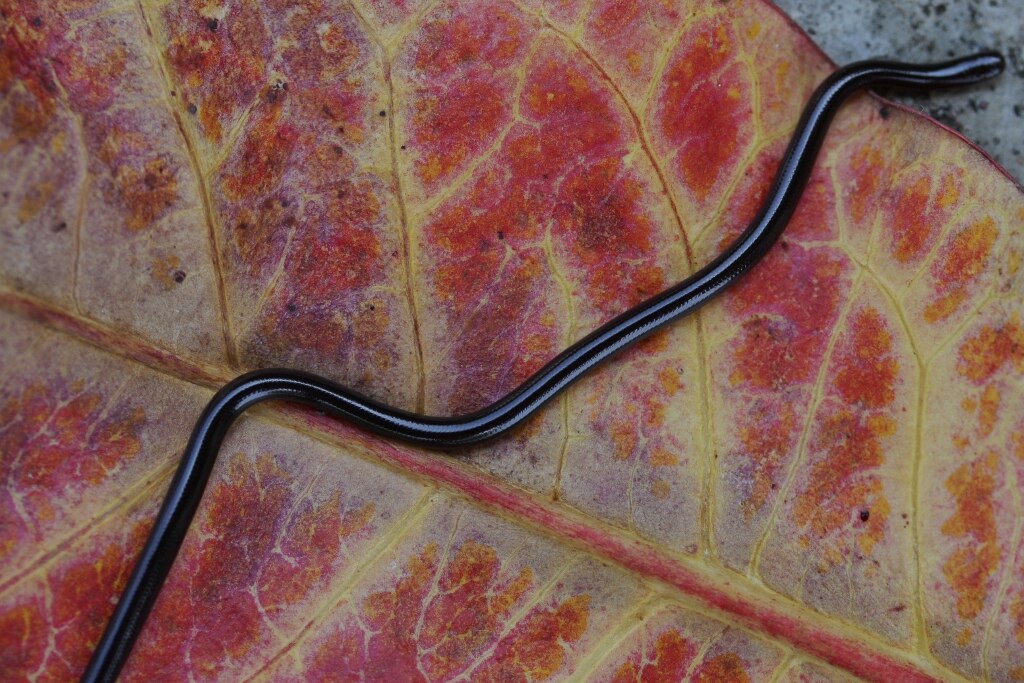
Some snake species have evolved specific behavioral adaptations for effective thermoregulation in shaded environments. These adaptations include modified postures that maximize contact with warm surfaces or expose greater body surface area to ambient heat. For example, certain snakes may flatten their bodies against warm ground to increase the surface area in contact with the heat-conducting substrate. Others might coil in ways that create air pockets that trap and retain heat. Some species display “periscoping” behavior, where they elevate their heads into different temperature gradients while keeping their bodies in contact with warm surfaces. These specialized behaviors represent evolutionary refinements that enhance the effectiveness of non-direct sunlight basking.
Predator Avoidance and Cryptic Basking

The evolution of indirect basking behaviors is closely tied to predator avoidance strategies in many snake species. Open basking in direct sunlight creates vulnerability to aerial predators like hawks and other birds of prey that can easily spot exposed snakes. Consequently, many species have developed “cryptic basking” techniques that allow them to gain thermal benefits while remaining concealed. These techniques might involve positioning only small portions of their body in warmer areas while keeping most of their length hidden in vegetation or crevices. Some snakes utilize dappled light environments where patches of sunlight filter through foliage, providing warmth without complete exposure. This balance between thermoregulation and predator avoidance has shaped the evolution of complex basking behaviors across different snake lineages.
Seasonal Variations in Basking Behavior
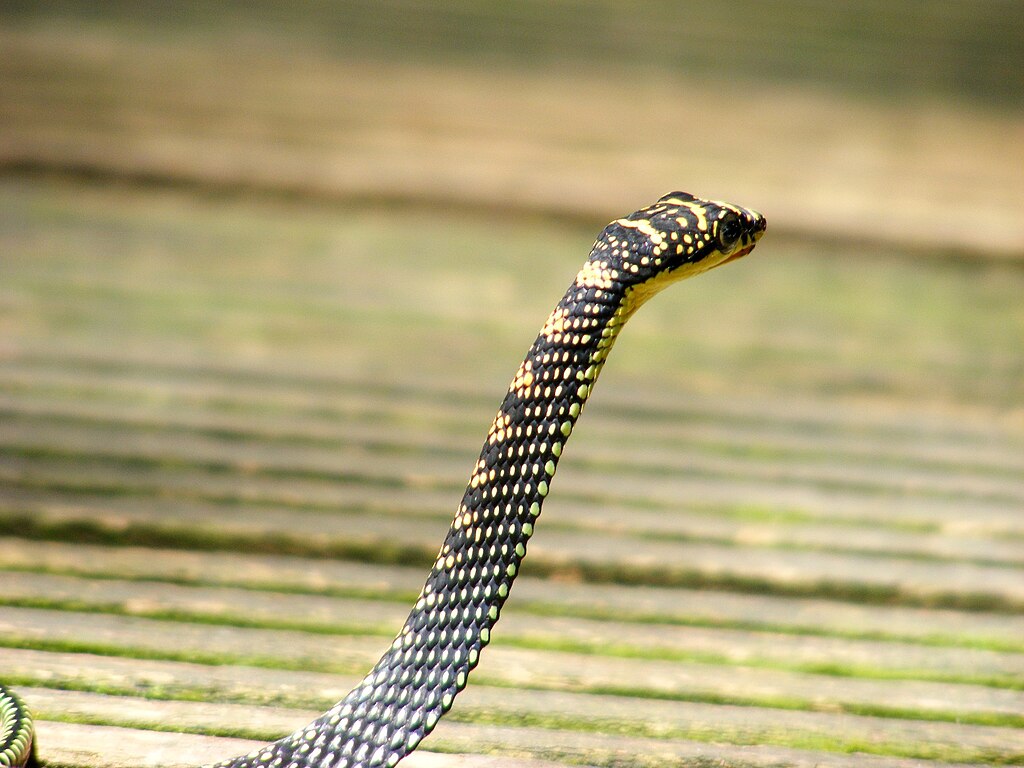
Snake basking behaviors, including those without direct sunlight, show distinct seasonal variations that reflect changing environmental conditions and biological needs. During cooler seasons, many species increase their basking activity and may be more likely to utilize indirect heat sources when direct sunlight is limited. Conversely, during extremely hot periods, snakes might seek out cooler microhabitats and rely more heavily on ambient heat rather than direct exposure. Reproductive status also influences these patterns, with gravid (pregnant) females often showing different thermoregulatory behaviors than males or non-reproductive females. Some species even display distinct seasonal shifts in substrate preferences, selecting different basking materials based on their thermal properties during different times of the year.
Infrared Detection and Heat-Seeking
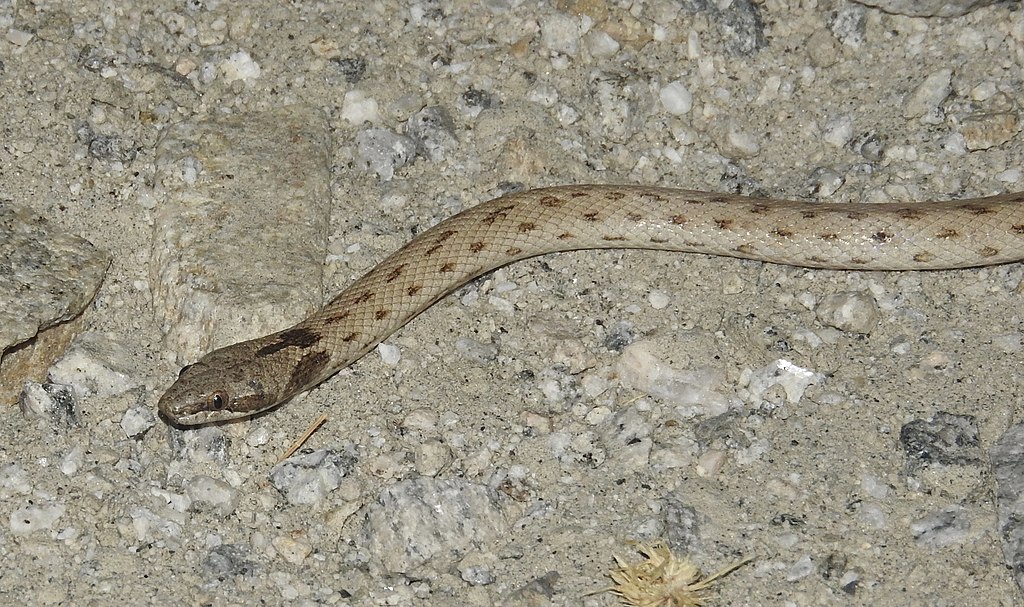
Some snake species possess specialized sensory adaptations that enhance their ability to locate optimal thermal environments without relying on direct sunlight. Pit vipers and pythons, for example, have heat-sensitive pit organs that can detect infrared radiation, allowing them to precisely locate warm objects in their environment. These sophisticated sensory structures enable snakes to identify warm surfaces that might not be visibly distinguishable from cooler surroundings. A python can detect temperature differences as small as 0.003°C, giving them remarkable precision in locating optimal thermal environments. This sensory capability allows for extremely efficient thermoregulation and explains how some species can so precisely position themselves to exploit subtle thermal gradients, even in completely dark environments.
Human Structures and Artificial Heat Sources
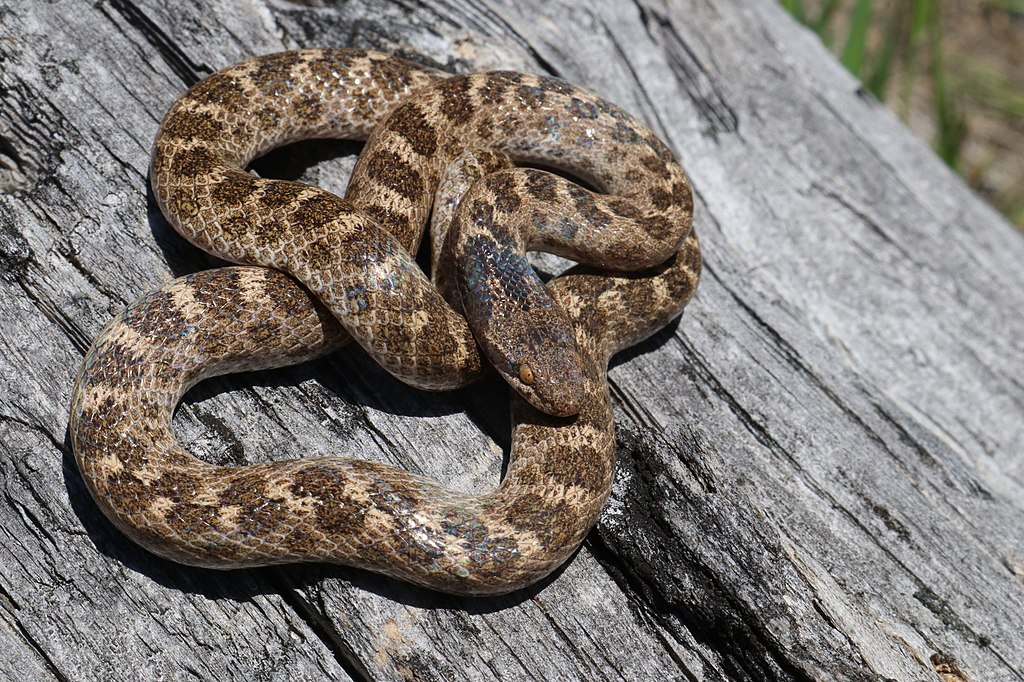
Human-modified environments have created novel opportunities for snake thermoregulation without direct sunlight. Structures like roads, buildings, and concrete surfaces absorb and retain significant heat, creating artificial basking opportunities that some snake species readily exploit. Urban and suburban snakes have been documented utilizing warm building foundations, asphalt surfaces, and even human waste heat sources like pipes or ventilation outputs. These anthropogenic heat sources can extend activity periods and provide thermal advantages, particularly in cooler climates or seasons. Researchers have noted that some snake populations living near human settlements show different activity patterns compared to their rural counterparts, highlighting how these artificial heat sources can influence snake behavior and ecology.
Conservation Implications of Basking Behavior

Understanding the diverse thermoregulatory strategies of snakes, including non-direct sunlight basking, carries important conservation implications. Habitat modifications that alter thermal landscapes can significantly impact snake populations by disrupting their ability to effectively thermoregulate. For instance, forest clearing may eliminate crucial shaded basking spots, while urban development might remove natural heat-retaining substrates. Conservation efforts increasingly recognize the importance of preserving diverse microhabitats with varying thermal properties to support healthy snake populations. For some threatened species, habitat management may need to specifically address the availability of appropriate indirect basking opportunities, particularly for cryptic or nocturnal species that rarely utilize direct sunlight. This nuanced understanding of snake thermoregulation requirements represents an evolution in reptile conservation approaches.
Conclusion

The phenomenon of snakes “basking” without direct sunlight illustrates the remarkable adaptability and sophistication of reptilian thermoregulation. Through various strategies—including utilizing ambient heat, selecting thermally advantageous substrates, exploiting microhabitats, and employing specialized sensory systems—snakes demonstrate an impressive capacity to maintain optimal body temperatures even without direct solar exposure. These behaviors represent millions of years of evolutionary refinement and adaptation to diverse environments. As we continue to study these fascinating thermoregulatory strategies, we gain not only a deeper appreciation for the complexity of snake biology but also crucial insights that can inform conservation efforts for these important and often misunderstood reptiles. The next time you observe a snake seemingly “basking” in the shade, remember that you’re witnessing an elegant solution to one of nature’s fundamental challenges: maintaining the right temperature in a constantly changing world.





